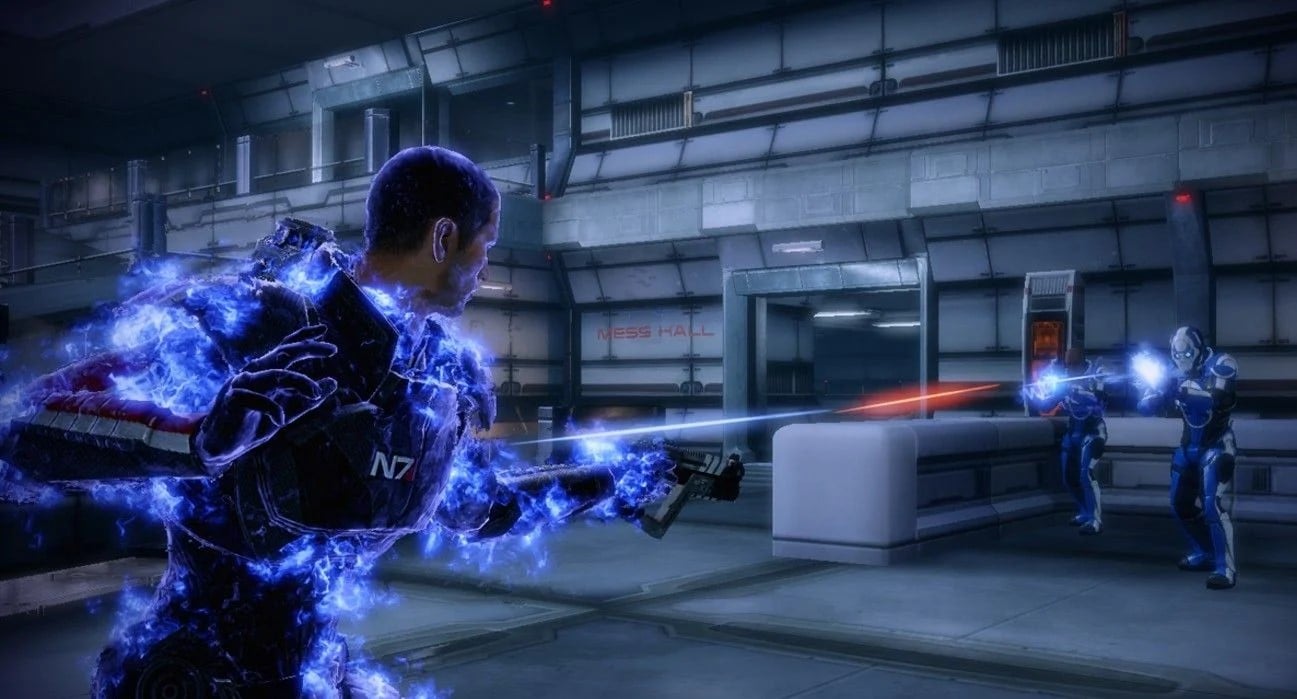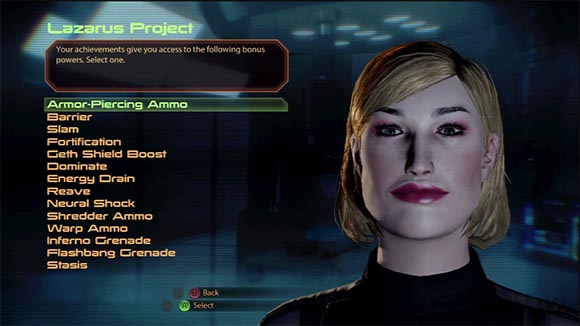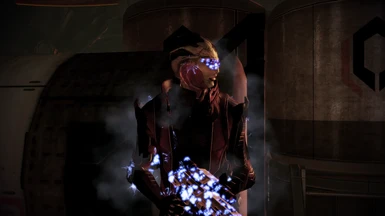

They may also be used, such as in The Night's Dawn Trilogy, as protection against the effects of extreme acceleration. One use of stasis fields is as a form of suspended animation: to let passengers and cargoes (normally of spacecraft or sleeper ships) avoid having to experience extremely long periods of time by "skipping over" large sections of it. In such a situation, to avoid the protagonist from seeing what is in the field, the story line would not allow normal beings to see something protected by a stasis field. Once out of the stasis field, the trap is sprung. The property also allows for such plot devices as booby traps, containing, for instance, a nuclear bomb. Storylines using such fields often have materials as well as living beings surviving thousands or millions of years beyond their normal lifetimes.

This time dilation can be, from an in-universe perspective, absolute something thrown into the field, has the field triggered and then reactivated, would fly out as if nothing had happened. Such fields thus have the additional property of protecting non-living materials from deterioration. Time is often suspended in stasis fields.

When the device is deactivated, the stasis field collapses, and the stasis effect ends. Most science fiction plots rely on a physical device to establish this region. These include infinite or nearly infinite rigidity, making them "unbreakable objects" and a perfect or nearly-perfect reflective surface. Stasis fields in fictional settings often have several common characteristics.

Confined area of space where all time and/or motion has been stoppedĪ stasis / ˈ s t eɪ s ɪ s/ or stasis field, in science fiction, is a confined area of space in which time has been stopped or the contents have been rendered motionless.Ī stasis field is imagined to be a region in which a stasis process is in effect.


 0 kommentar(er)
0 kommentar(er)
